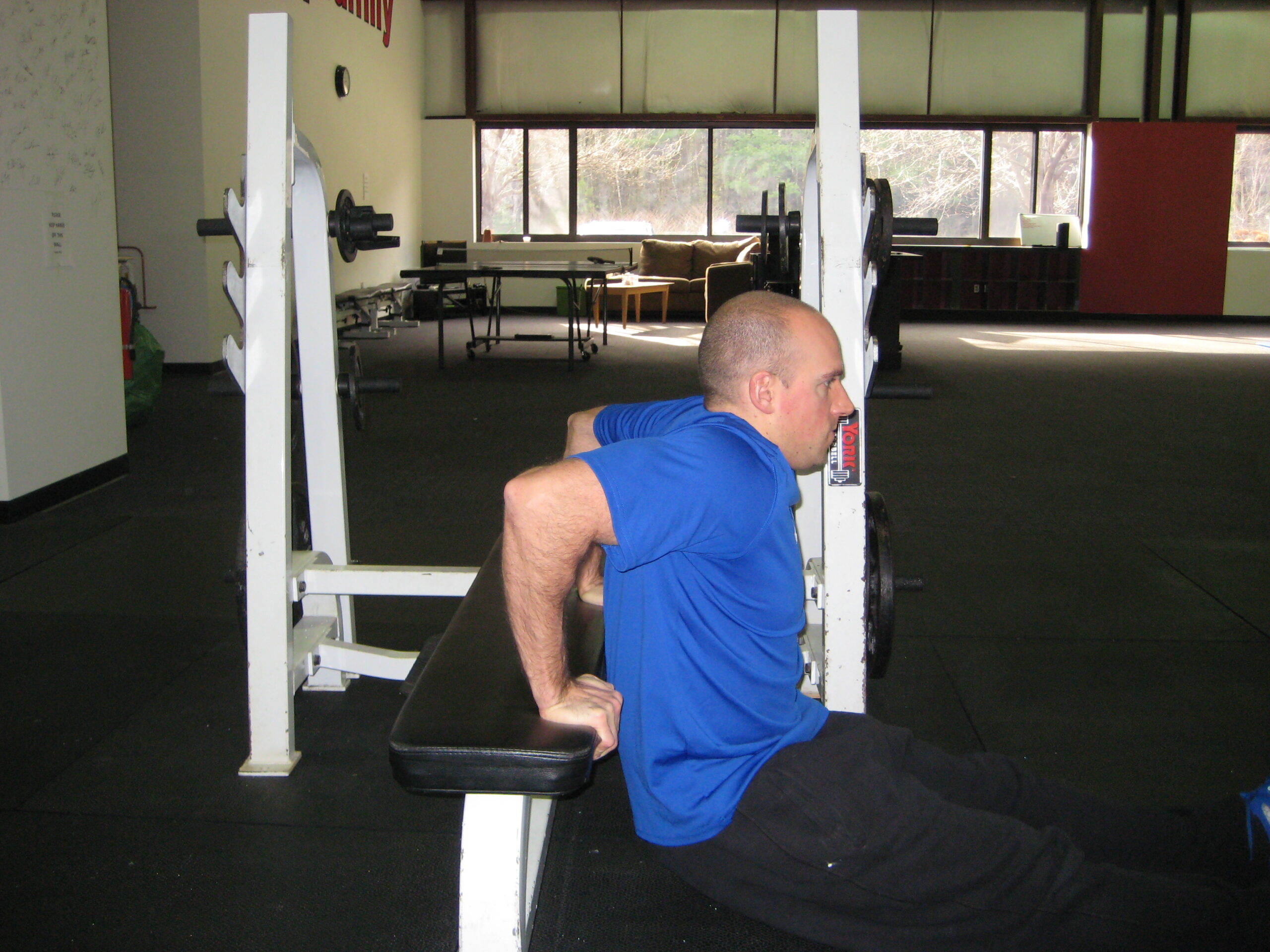
Bear Crawls vs. Crab Walks
Yesterday, I posted on Twitter that I was a big fan of bear crawls because they get you great serratus anterior recruitment, more scapular upward rotation, improved anterior core function, tri-planar stability, and some awesome reciprocal arm/leg activity. They’re one of my favorite warm-up and end-of-workout low-level core activation drills.
For some reason, though, every time you mention bear crawls, someone asks about crab walks. Candidly, I don’t think so highly of crab walks. In fact, I have never used them – and that’s why I didn’t have a video on hand of them. As such, this demonstration took place on my kitchen floor at 11:15PM:
Keeping this position in mind, here are a few reasons that I don’t like crab walks:
1. Bear crawls drive more scapular upward rotation by putting the lats and scapular downward rotators on slack as the athlete reaches overhead. With a crab walk, the arms aren’t just at the sides; they are actually behind the sides. The lats are as short as they can possibly be – especially if the athlete is allowed to slip into lumbar extension (an arched lower back posture). Most folks lack scapular upward rotation regardless of whether they sit at a computer all day or throw a baseball for a living; we don’t need exercises that feed into that problem even more. Additionally, the scapula is generally anteriorly tilted unless it’s an experienced athlete with great body awareness. Anterior tilt is an issue we work to combat in just about every population – athlete and non-athlete alike.
2. Crab walks are brutal on the anterior shoulder. For the same reasons I outlined in my article, Are Dips Safe and Effective?, I dislike crab walks. As the humerus (upper arm) is “hyperextended” behind the body, the head of the humerus (ball) glides forward relative to the glenoid fossa (shoulder socket). This puts a lot of stress on the anterior capsule, biceps tendon, and nerve structures that pass along the front of the shoulder. And, it makes the rotator cuff work overtime from a mechanically disadvantageous position.
3. You don’t walk around like a crab in any sport that comes to mind! Seriously, this is the position you’re in when you got steamrolled by a running back, or you tripped over yourself! While I get the school of thought that says it’s good to be somewhat prepared for just about every potentially injurious situation you’ll encounter, we’ve got a limited amount of training time to deliver exercises that give athletes the most bang for their buck. And, even in young athlete populations, there are literally thousands of other movements we can use with kids to create a rich proprioceptive environment with safe movements they’ll actually be able to utilize on a regular basis in life. And, the bear crawl is one of these movements.
Can a lot of athletes “get away” with doing crab walks? Absolutely! However, we never know what kind of long-term structural changes are going to be in place – and we can certainly never truly appreciate what kind of missed development is in play from not including more effective exercises.
To learn more about some of our approaches to assessing and improving upper body function, be sure to check out Functional Stability Training of the Upper Body.





